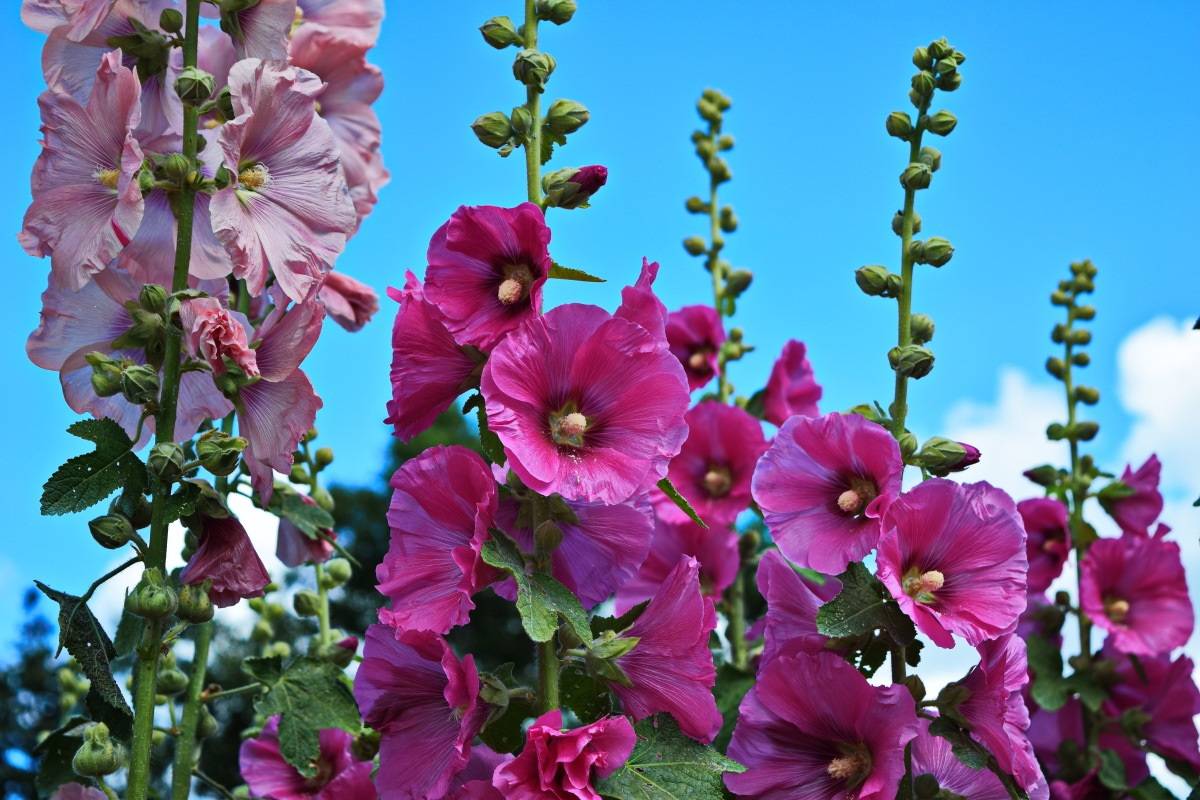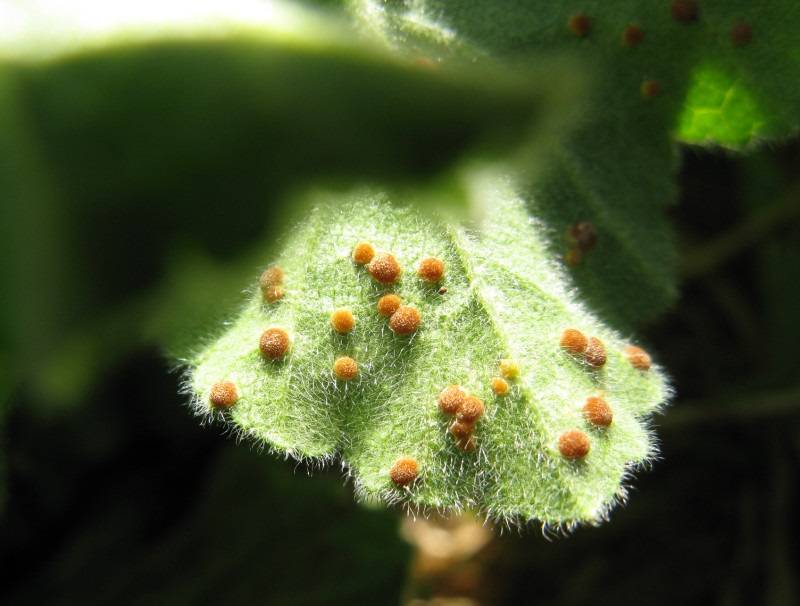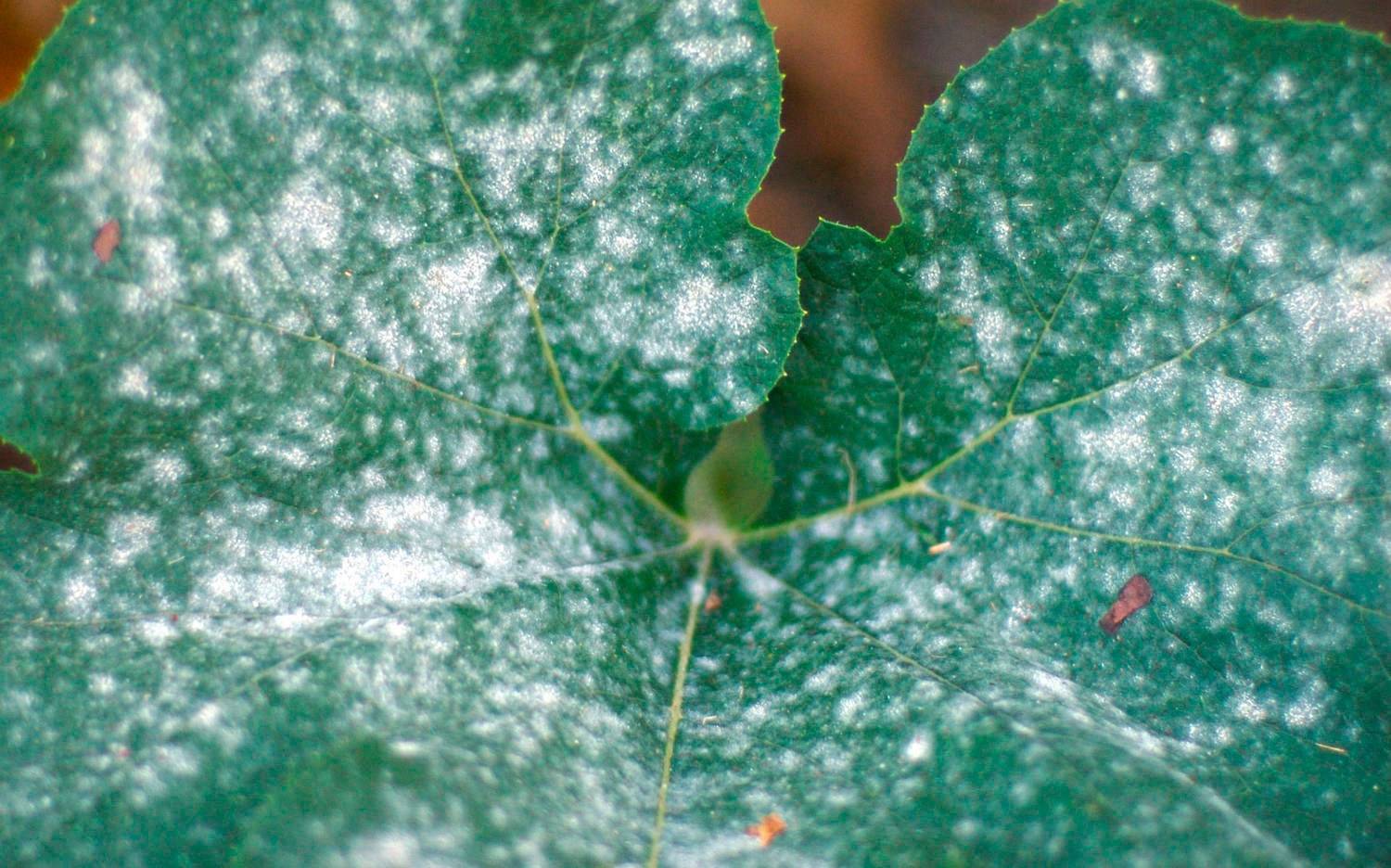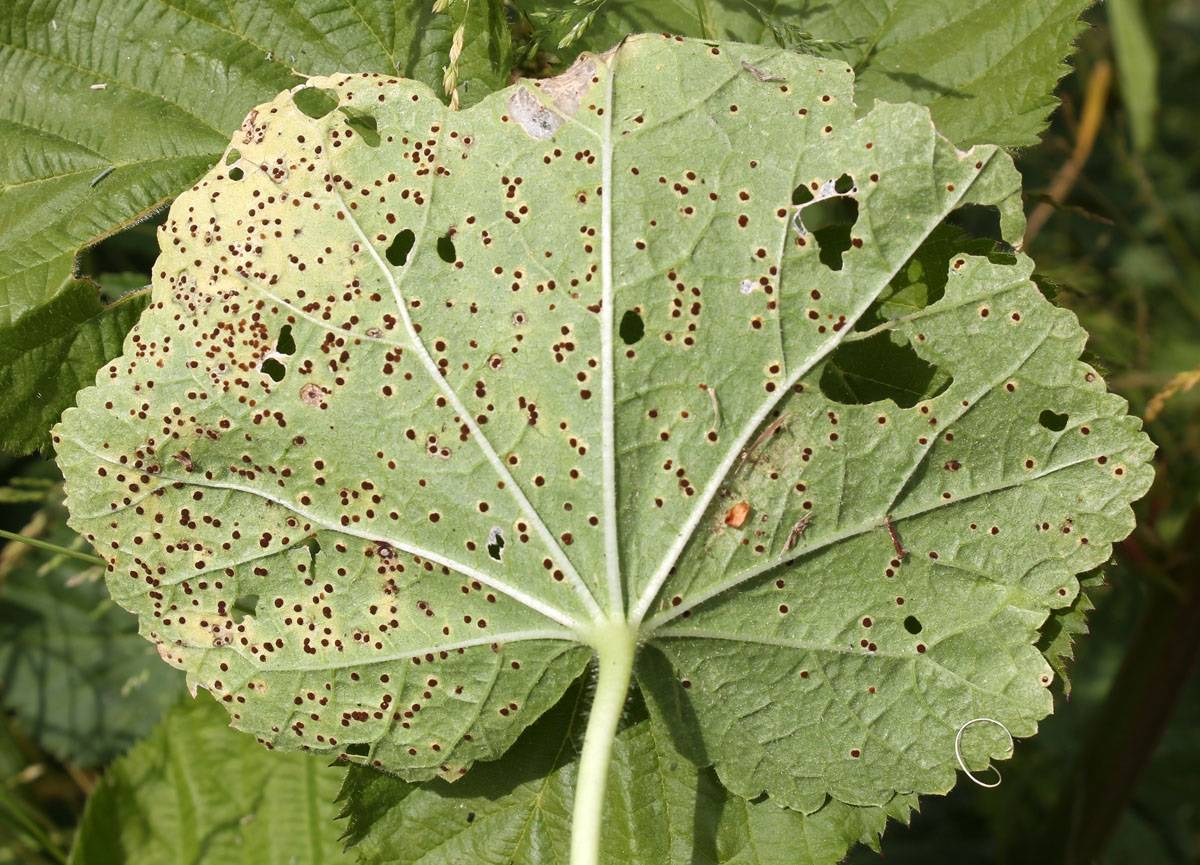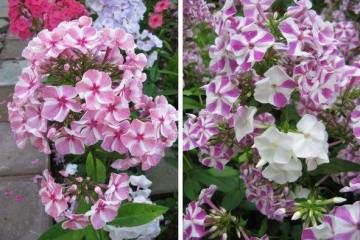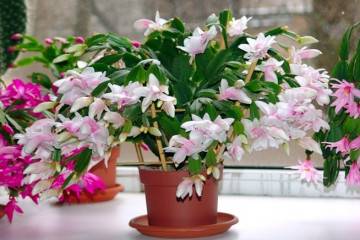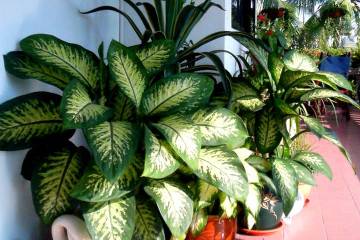Mallow diseases - causes and description
Content:
The beautiful mallow plant bears the second name mallow. It is popular with gardeners for its excellent bloom. There are more than 30 species of this plant. The disadvantage of breeding mallow is its tendency to disease. Diseases of the rose stem - rust, powdery mildew and cercosporosis can lead to complete death if treatment is not properly organized.
What can make a plant sick?
Mallow is not considered an unpretentious or capricious plant; it does not need special care. If it is in the open ground, then it needs timely watering, loosening, fertilization of the soil.
If the mallow is kept in poor conditions, it lacks moisture and sun, it can dry out and shed its leaves. Mallow diseases can develop not only due to lack of proper care, but also due to the attack of pests, damage to the flower by bacteria, fungi and viruses.
Types of diseases and their description
Depending on the cause and causative agent of the disease, they are divided into groups.
Non-infectious
Non-infectious diseases of the stock-rose develop due to violations of the rules for caring for the plant. Problems often arise during the transplant stage. Stock-rose is difficult to tolerate the procedure, so it is recommended to plant the seeds in separate pots. It is important that the soil has good drainage and a neutral pH.
Mallow doesn't like a lot of water. If it is poured, the roots of the flower will begin to rot. Therefore, when choosing a landing site, you need to pay attention to the water level.
Bacterial
A perennial flower can infect bacteria. Spots appear on the leaves as a symptom of infection. There are about 100 types of bacteria that can cause disease. If the disease is not treated, the spots will merge into one big one.
Bacteria can be prevented by keeping the leaves of the plant dry. Water should only be at the roots. When planting flowers, it is recommended to leave sufficient space between them to make watering easier.
Fungal
The reason why the leaves of mallow turn yellow are fungi that cause the disease of cercospora. On the leaves, in addition to yellow, brown spots are also formed. If the plant is not started to heal, the leaf will gradually dry out.
If the soil in which the mallow grows is very waterlogged, a disease called Phytophthora can develop. As a result of the development of pathology, the vascular system is affected, the plant begins to fade.
Fungal diseases include rust on mallow. This is one of the most common and severe diseases. Plants that are already two years old are most often affected. Rust affects the buds the most.
It is important to know the action plan, if there are red spots on the mallow, what to do, since the lesion spreads quickly, the leaves gradually die off.
Viral
In rainy weather, it is dangerous for malva to become infected with powdery mildew. It manifests itself in the form of the formation of a white bloom. Terry varieties suffer the most from the virus. The plant also infects the leaf mosaic virus.If a disease is detected, the affected greenery must be removed, the flower itself must be transplanted to another place.
Nematodes
Nematodes are the most dangerous for the flower. These are small roundworms that multiply very quickly. They inhabit roots, stems and leaves. Root root gall nematodes are considered the most harmful. They penetrate the tissues and provoke the formation of growths.
If nematodes infect leaves, they become dry, covered with spots of various shapes. The plant stops developing, the leaves wither. Experienced gardeners recommend completely destroying the plant at the first sign of nematode infection, as it will be a source of infection.
A flower that has been attacked by nematodes will initially look as if it lacks nutrients and water. The leaves begin to curl, the plant becomes weak. Most often, infection occurs through the soil.
Do not expect purchased land to be safe. It is also recommended to process it. If the grower has used greenhouse soil, it can be a source of contamination.
Pests
It is important to know not only possible viruses and infections that are dangerous to the plant, but also who eats mallow. The flower is very fond of various pests. They attack him more often than other cultures. The greatest interest in mallow is shown by slugs. The difficulty lies in the fact that these pests are present in every area, and it is very difficult to get rid of them.
To eliminate the attack of slugs, experienced gardeners recommend placing containers with beer throughout the area. The slugs will move from the plant to these cups. The aroma of the drink attracts them, they climb into the container, but they cannot get out of there.
In hot weather, the plant can be attacked by a spider mite. It lives on the back of the leaves. A decoction of onion scales and an infusion of garlic will help to cope with it perfectly.
If the plant is attacked by aphids, the first sign is mallow leaves in holes. How to process, advice from experienced florists will help. The plant can be sprayed with soapy water.
How to protect a plant from diseases
Bordeaux liquid is used to treat most mallow diseases. Soap solution is also effective. Particular attention must be paid to rust prevention. Agro-technical procedures are considered the main measures. The culture must be regularly replanted to a new location. For sowing, it is important to use only healthy seeds, it is desirable that they belong to varieties that are resistant to rust.
Measures to combat rust on mallow include soil fertilization with phosphorus-potassium agents. A lack of potassium is one of the main causes of the development of the disease. It is important for the prevention of pathology to prevent too dense plantings. They will provoke the accumulation of moisture on the leaves of the plant.
Damaged leaves must be torn off immediately. In addition, experienced gardeners recommend treating the affected areas of the stock-rose with topaz during the growing season.
In autumn, all plant residues are destroyed so that pathogens do not survive during the winter.
Knowing why mallow has rusty leaves, how to deal with rust and other flower diseases, you can take timely measures. Competent treatment will help to save a beautiful flower, which will be a real decoration of the garden for a long time.

